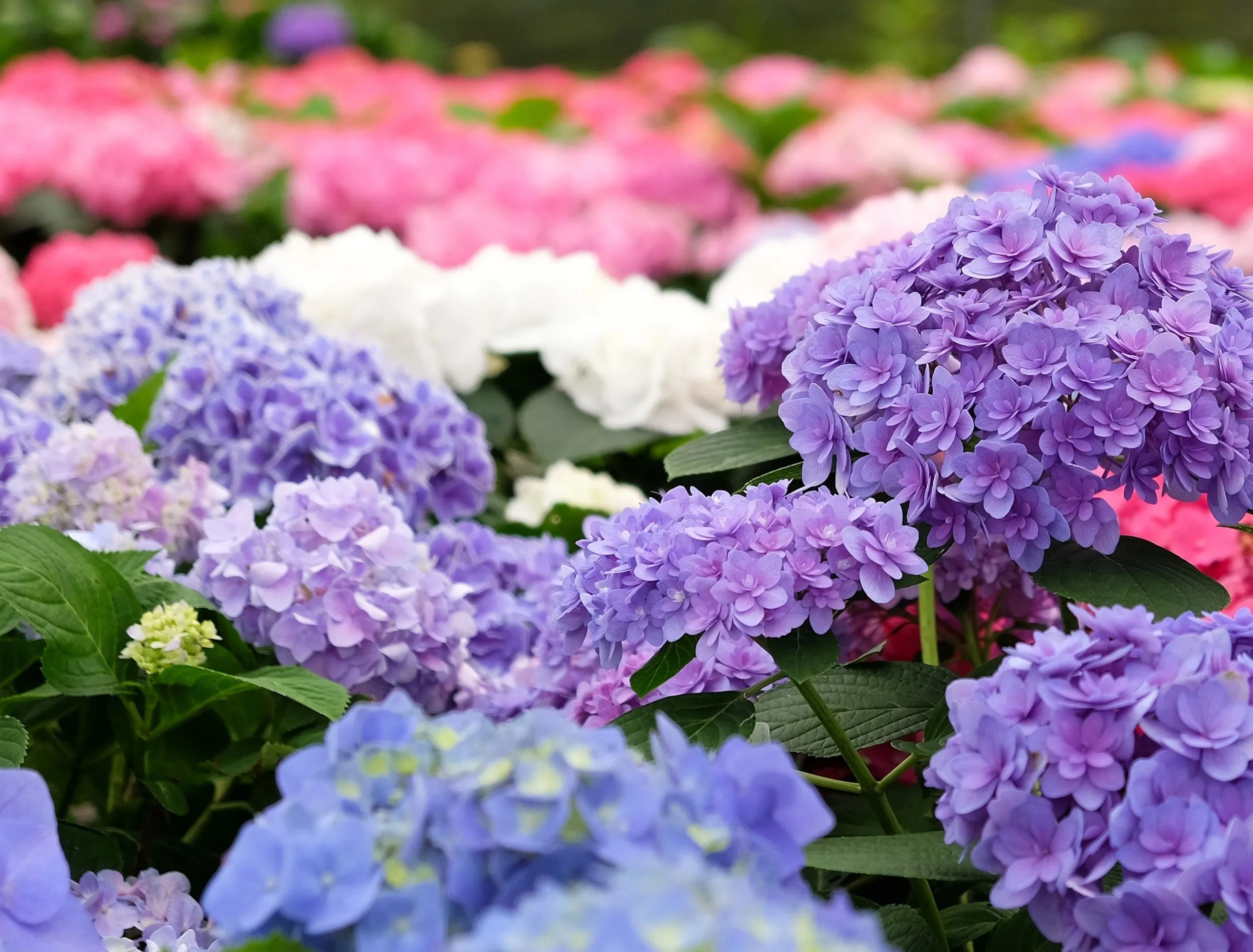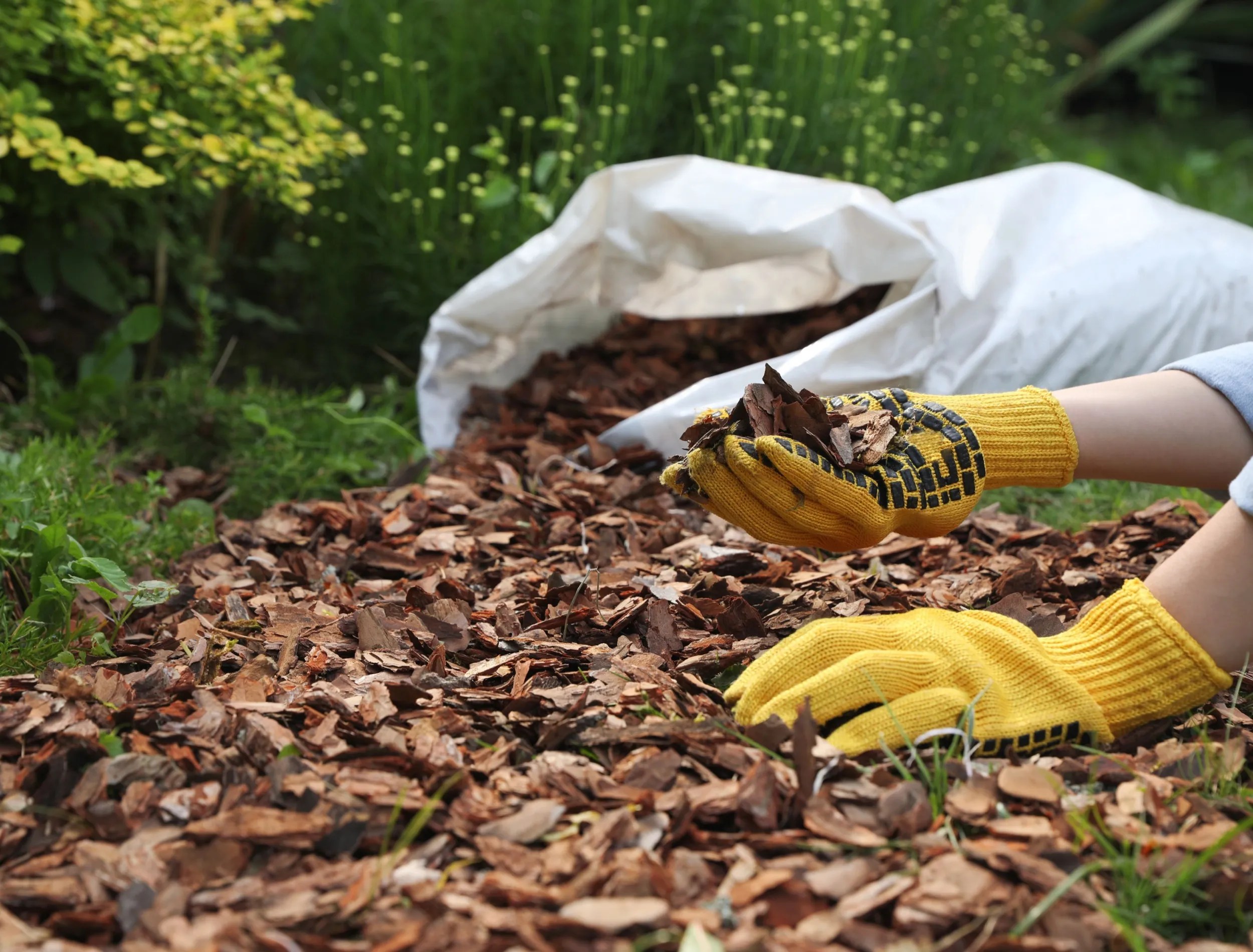Related
to protect the wellness of the perennial in your garden , it ’s always a secure idea to cut back idle foliage at the end of the growing time of year . Clearing away industrial plant debris from a perennial can actually aid it grow in the following time of year , and doing some fall pruning can make unnecessary you time next year when you set your garden again .
Someperennial plantsrequire trimming before they bloom , while others that bloom too soon in the season benefit from a prompt snip after blossom . clear away deadened foliage and spend flowers can also make your garden look a peck good . In this clause , we ’re croak to discuss seven plants which you should swerve back in the surrender .
Materials Needed
double credit : jacqueline macoufromPixabay
In orderto safely trimtall foliage and impenetrable plant textile , you ’ll need some creature to skip them away . Always be sure to bear the proper protective equipment when working with sharp shear and knives . Below , you’re able to find out a list of the materials needed to trim yourperennials :
Bee Balm (Monarda Didyma)
Image credits : Theo DawsonfromPixabay
Bee balm is a ornamental flowering perennial that is part of the mass family . Their beautiful flower will amount back year after class showing off a variety of colors from pinkish to empurple , ruddy , or lily-white depending on the sort you choose . Bee balm appreciates a unspoilt pruning to keep its kempt appearance . You should also deadhead shriveled - up flower to make the bloom season last a little longer .
It ’s important to cut them back to debar transmission , and if you notice that some stalks have become brownish or black check your plant for the source ; perhaps they have a bad case of root guff or a pest plague .

There are bee balm change that bear from powdering mould in the wintertime , which can kill the plants in the following arise season . To keep off this you’re able to opt for a disease - tolerant bee balm like ' Jacob Cline . '
Bearded Iris (Iris Germanica)
Image credits : RalphfromPixabay
In striking colors like bluebottle blue , featuring distinct curl , wave pattern petals , the whiskered iris is a visually appealing flowering flora . But , you may notice that the foliage of these flowers droops near the end of the growing time of year , from July through early September . The dying leaf can become breed grounds for bacterial diseases like bacterial leaf blight and bacterial soft rot . write out back all the erstwhile leaf , and dispose of the stalks , flowers , and leaves in your compost .
Garden Mums (Chrysanthemum)
look-alike credit : SuppenkasperfromPixabay
A marginally intrepid perennial , garden mums prosper when you do not snip their stem before wintertime . beat stalk and foliage provide insulation against cold wintertime temperatures , and so you should only do minimal trimming of garden mama in the fall .
You may wish to deadhead your ma , trim off any wilted blooms or growths on the plants but try your best not to have a heavy helping hand . deadened heading also foreclose plant from overspread seeds , causing flora to sprout where you do n’t want them .

Blue False Indigo (Baptisia Australis)
Image Credit : KirstenMia via Pixabay
Another industrial plant that provides winter interest , the blueish delusive indigo flora produce attractive seed heads , which create an appealing soil top in the winter calendar month . However , the shank of this plant have a disposition to flop over in the wintertime because of its heavy weight . To palliate this issue , you could deadhead wilted peak on your aristocratic false indigo plant during the fall to make them stand up straight before lead into the wintertime . You require to contract about 1/3 of the stem back with fair , sharp pruning shear .
Purple Coneflowers (Echinacea)
Image credits : MariuszfromPixabay
Although you may wish to trim back all of your plant to keep a tidy look in your garden , some plants actually bring home the bacon food for plant and animal over the wintertime . One such plant is the purple coneflower , which is a reliable beginning of nutrient for birds like finches , jays , and chickadee . When trim back these plants , be certain to trim back any diseased plant , but leave any goodish seed heads or seedpods for animals .
Corydalis (Corydalis Lutea)
Image credit : connect Guy IIvia Openverse
An passing hardy perennial , which is difficult to down , Corydalis is a industrial plant that regularly produces seed heads . In hot summer weather , the plants can become damage , which may affect the overall wellness of the works . To help this , cut back to their basal leaves , the lowest leaf on the fore of the plant which help protect their roots . During significantly hot conditions when foliation wilts and depreciates , you may also cut your genus Corydalis plants back to their basal leaves , as this helps to conserve their energy and food for the next farm rhythm . Also , snip back utter foliage in the fall , as this can aid elevate emergence in the early bound .
Did You Make The Cut?
When you ’re taking care of your garden , always keep an eye out for damaged or pathologic leaf , black or dark-brown flower stalks , and any other drop foliage , as these can all have a detrimental result on the health of your plants .
You may also wish to clear any leaf bedding or limb foliage to create a moreaesthetically pleasing garden . As you go about cleaning all the clutter from your one thousand , think about different plants which may tote up winter interest to your garden , as well as plant which may provide food for birds and animals .
Make a inclination of plants to trim in the fall and plant to garnish early in give , as this can allow you toprioritize garden alimony and upkeep .







